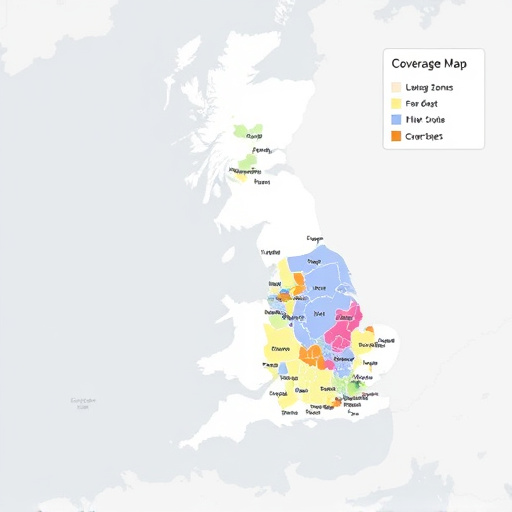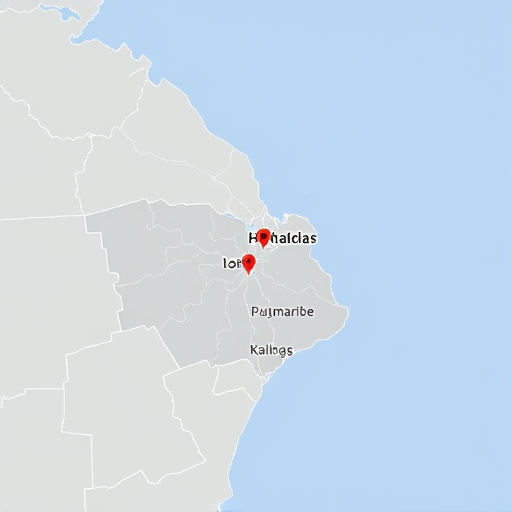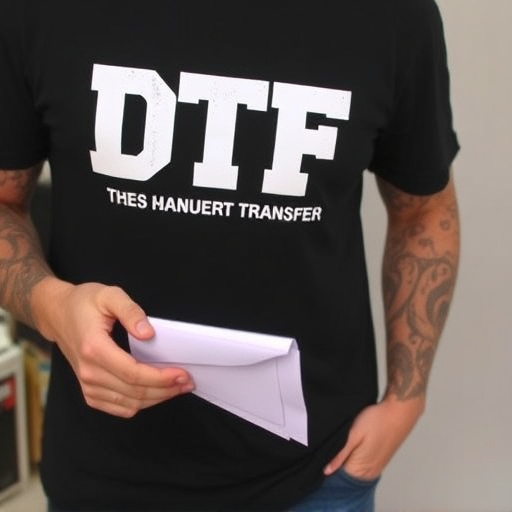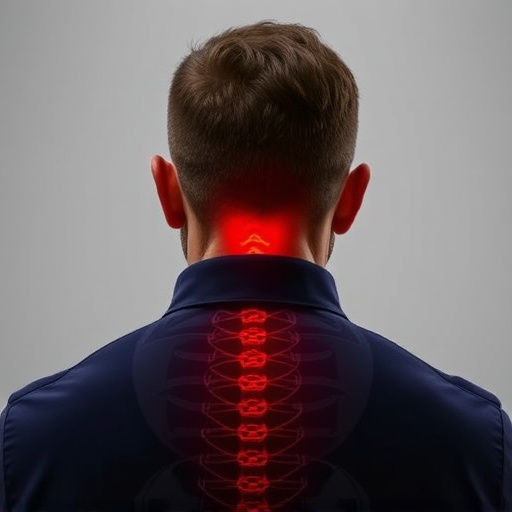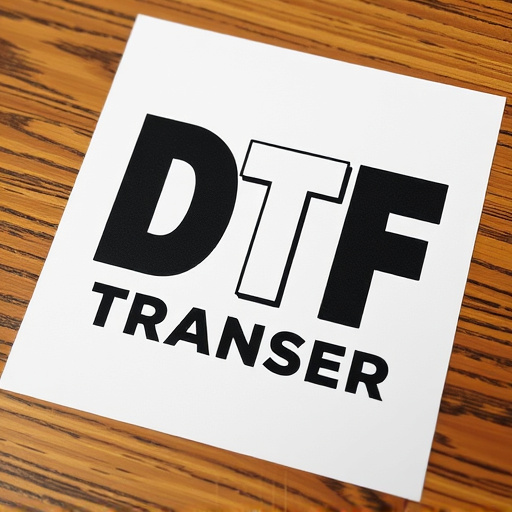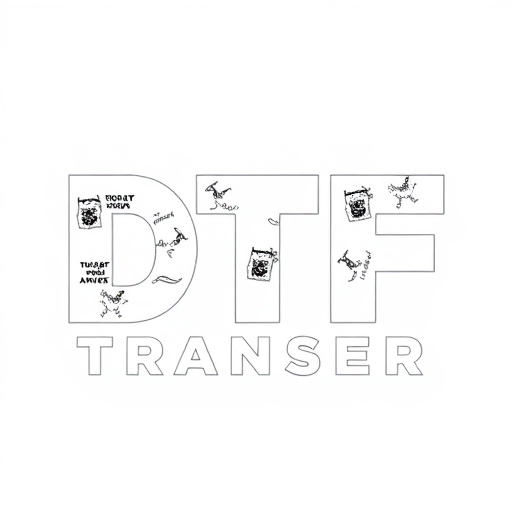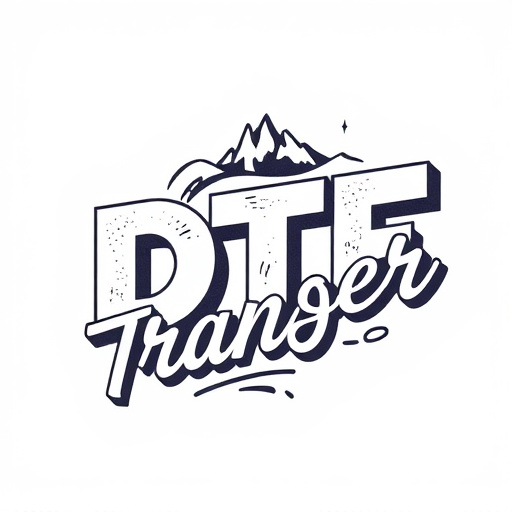Direct-to-Film (DTF) transfer technology revolutionizes custom design printing by enabling detailed, high-quality transfers onto various surfaces from digital files. The process involves transferring ink to film and curing it with UV light before applying it to substrates like ceramics, glassware, textiles or metal. DTF is ideal for small batch productions or one-off creations due to its cost-effectiveness and efficiency in bringing digital art to life.
Designers should first determine the application (e.g., clothing, accessories) which dictates design style, resolution, and color palette. Researching trends and integrating SEO keywords like 'DTF Transfer', 'DTF Printing', and 'DTF Prints' ensures a unique product. Choosing high-quality inks, coatings, carrier sheets, and applicators is crucial for superior results.
After printing, post-process considerations include UV curing and finishes for added durability and aesthetic appeal. DTF's versatility allows intricate designs on diverse mediums, making it popular for limited-edition collections, custom merchandise, or personalized gifts.
Discover the art of crafting personalized direct-to-film (DTF) designs with this comprehensive guide. From understanding the fundamentals of DTF transfer to exploring creative applications, you’ll learn how to create unique prints that pop on various surfaces. We break down the process step by step, covering everything from gathering design elements to mastering the transfer technique and post-print considerations. Elevate your DTF printing game with these expert tips and achieve exceptional results every time.
- Understanding Direct-to-Film (DTF) Transfer: A Basics Overview
- Gathering Design Elements for Personalized DTF Prints
- Choosing the Right Materials for Optimal DTF Printing Results
- Mastering the DTF Transfer Process Step by Step
- Post-Print Considerations: Curing, Editing, and Finishes
- Creative Applications of DTF Technology: Taking Your Designs Further
Understanding Direct-to-Film (DTF) Transfer: A Basics Overview

Direct-to-Film (DTF) transfer is a cutting-edge printing technique that allows for the creation of personalized and intricate designs on various surfaces, directly from digital files. This innovative process has revolutionized the way we approach custom printing, offering unparalleled precision and versatility. At its core, DTF involves transferring ink from a digital image onto a film, which is then cured using UV light before being applied to the desired substrate.
DTF Printing provides a range of benefits, including high-quality prints with sharp details, vibrant colors, and accurate color reproduction. It’s particularly popular for creating custom designs on items like ceramics, glassware, textiles, and even metal surfaces. With DTF Transfer, designers and creators can easily bring their digital art to life, offering a cost-effective and efficient solution for personalized products, especially in the context of small batch productions or one-off creations.
Gathering Design Elements for Personalized DTF Prints
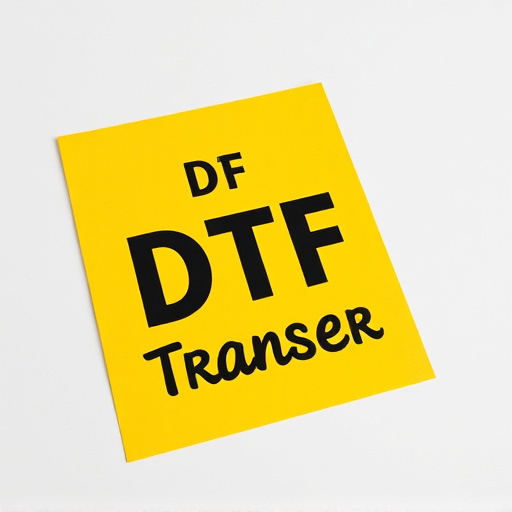
When creating personalized direct-to-film (DTF) designs, gathering the right design elements is a crucial step in the process. Start by considering the type of DTF transfer you intend to create—is it for clothing, accessories, or other merchandise? This will dictate the style, resolution, and color palette of your design. Research trends, themes, and cultural references relevant to your target audience to gather inspiration and ensure your DTF prints stand out.
Utilize various digital tools to collect images, graphics, and text. Vector graphics are ideal for DTF transfers as they offer crisp lines and smooth curves, ensuring the design remains sharp after printing. Collect high-resolution photos and illustrations that align with your creative vision. Additionally, curate a library of typography styles, patterns, and custom fonts to inject unique elements into your DTF designs.
Choosing the Right Materials for Optimal DTF Printing Results

When creating personalized direct-to-film (DTF) designs, selecting the appropriate materials is paramount to achieving exceptional print results. The key lies in understanding compatibility with DTF transfer technology. Opt for high-quality inks and coatings designed specifically for DTF printing to ensure vibrant, long-lasting DTF prints. These specialized materials form a crucial bond with various substrate surfaces, from t-shirts to mugs, delivering crisp details and rich colors.
Choosing the right carrier sheets and application tools is equally important. Look for DTF transfer sheets that offer precise alignment and minimal waste. Precision applicators or brushes facilitate even ink distribution, preventing splotches or uneven prints. By prioritizing these material considerations, you lay the foundation for producing high-quality DTF transfers that meet your creative vision.
Mastering the DTF Transfer Process Step by Step
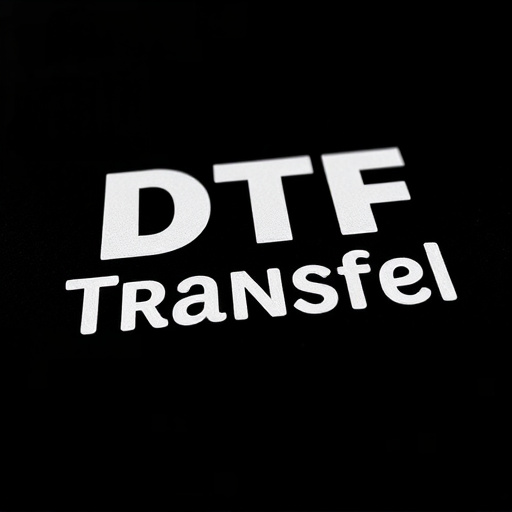
Creating personalized direct-to-film (DTF) designs involves a precise and step-by-step process to ensure high-quality prints. First, prepare your design using specialized software that supports DTF transfer. Ensure your artwork is optimized for film printing, with appropriate resolution and color profiles. Once designed, convert the image into a format compatible with your printer’s software, usually a vector or raster file.
Next, set up your printer for DTF printing by loading the correct film type and ensuring proper alignment. Calibrate your printer according to the manufacturer’s guidelines to maintain consistent color accuracy. With the print settings configured, load the design onto the film and initiate the transfer process. Monitor the transfer closely, adjusting parameters if needed, to achieve optimal results. After the transfer is complete, carefully remove the film from the printer and inspect it for any defects or misalignments. If satisfied, proceed with post-processing steps like cutting and finishing to finalize your personalized DTF prints.
Post-Print Considerations: Curing, Editing, and Finishes
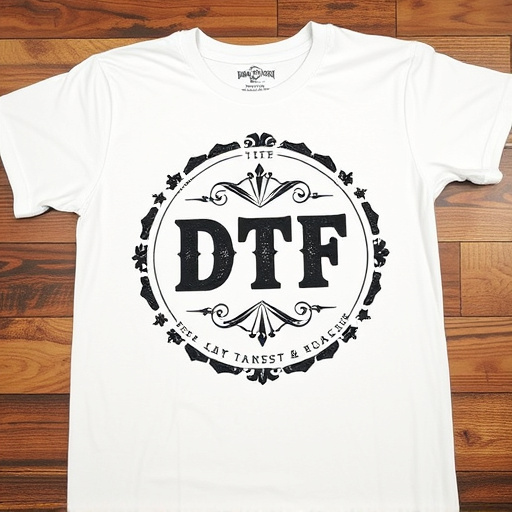
After the printing process is complete, several post-print considerations come into play to ensure your DTF (Direct-to-Film) design reaches its full potential. One of the primary steps is curing, where the printed film is treated with specific UV light to set the ink and ensure long-lasting durability. This crucial step not only enhances the quality of the final product but also makes the prints more resistant to fading or smudging.
Editing and finishes are equally vital. You may need to adjust colors, add effects, or make precise cuts to achieve the desired design. Various finishes like gloss, matte, or textured coatings can be applied to enhance the aesthetic appeal and protect the print surface. These finishing touches contribute to the overall professional look of your DTF transfers, making them suitable for a wide range of applications, from merchandise to art pieces.
Creative Applications of DTF Technology: Taking Your Designs Further

Direct-to-film (DTF) technology offers a world of creative possibilities for designers looking to take their work to the next level. Beyond simple print applications, DTF can be used to create intricate and unique designs that blend seamlessly with various mediums. For instance, DTF transfers can adorn apparel, home decor items, and even accessories like bags or shoes, transforming everyday objects into statement pieces.
The versatility of DTF Printing allows for detailed and precise patterns, making it an excellent choice for complex artwork. Designers can experiment with layering, adding textures, and incorporating special effects to produce captivating DTF prints. This technology enables them to create limited-edition collections, custom merchandise, or personalized gifts that stand out in the market. With its ability to enhance visual appeal and offer a customized experience, DTF Transfer has become a favorite among artists and businesses seeking to make their products truly one-of-a-kind.

